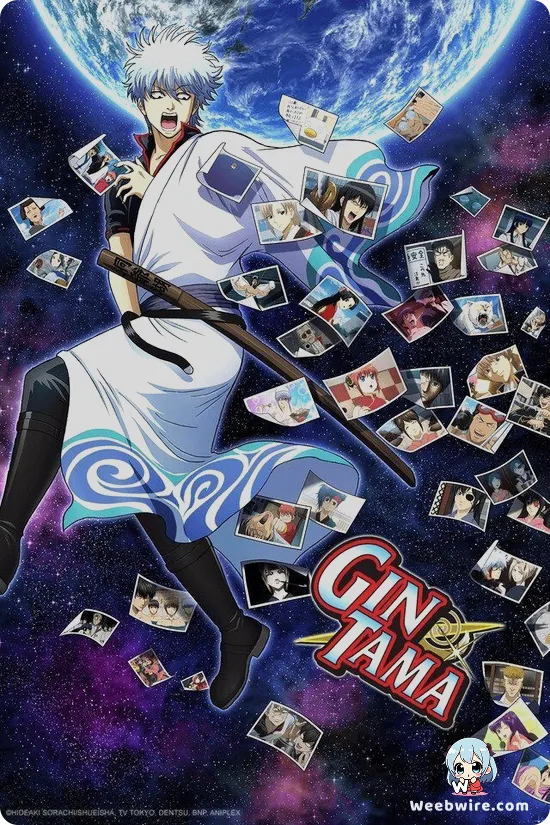Beyond the Series: Unearthing the Essential Production Secrets of Cowboy Bebop's Landmark Film, 'Knockin' on Heaven's Door'

When Cowboy Bebop: The Movie - Knockin' on Heaven's Door debuted in 2001, it achieved the rare feat of not just living up to the legendary television series but arguably surpassing it in cinematic scope. While the film is universally celebrated for its stunning visuals and Yoko Kanno’s unforgettable score, several crucial production insights and narrative nuances often remain obscure to the casual viewer.
A Standalone Theatrical Event and Canonical Placement
Director Shinichirō Watanabe intentionally crafted this feature not merely as an extended episode, but as a standalone, high-octane theatrical event. This vision necessitated significant creative and financial commitments, which are clearly reflected in the final form of the production.
A key detail for dedicated fans is the film’s precise canonical placement. Unlike many anime films that exist outside the main storyline, Knockin' on Heaven's Door is explicitly nestled between the events of TV episodes 22 ("Cowboy Funk") and 23 ("Brain Scratch"). This calculated chronological insertion ensures the entire Bebop crew—Spike, Jet, Faye, Ed, and Ein—are still operating harmoniously. This allowed the suspenseful plot, involving a massive biological weapon attack on Mars, to unfold naturally as an amplified bounty mission without interfering with the series' dramatic conclusion. This meticulous attention to continuity is a hallmark of the project’s respect for the established narrative universe.
Technical Execution and Cinematic Influences
The leap in technical execution is immediately apparent, directly attributable to the substantial budget allocated to the film, which vastly exceeded the resources available for any single television episode. Production studio Bones leveraged this freedom to pioneer new benchmarks in 2D animation. This is particularly evident during complex action sequences, such as the breathtaking high-speed highway pursuit and Spike’s ultimate, rain-soaked showdown with the primary antagonist, Vincent Volaju.
Watanabe sought a genuine 'Hollywood blockbuster' feel, drawing inspiration from action classics like Die Hard and Lethal Weapon to influence the pacing and fight choreography. This dedication to cinematic grandeur resulted in incredibly fluid and detailed visuals, capturing the gritty atmosphere of the Martian city of Alba and the desolate beauty of its surroundings with unmatched fidelity.

The Psychological Depth of Vincent Volaju
The antagonist, Vincent Volaju, is far more than a simple villain; he represents one of the franchise's most profound psychological studies. Vincent is revealed to be a deeply traumatized former special forces soldier who participated in a disastrous experimental vaccine trial during the Titan War. The vaccine, intended for defense, instead induced catastrophic psychological fragmentation, leading to severe dissociative fugue states and profound memory loss.
His desperate search for the "door to heaven" mirrors his inability to reconcile his shattered memories with reality, creating a thematic parallel to Spike Spiegel’s own haunted past. This depth transforms the movie from a simple action romp into a powerful meditation on trauma, memory, and existential despair.
Expanded Musical Score
Furthermore, Yoko Kanno expanded her musical genius for the film. While the core jazz and blues foundation remains, Kanno integrated broader, more exotic influences, specifically Middle Eastern and North African motifs, fitting the diverse setting of Alba. Vincent’s themes, in particular, utilize haunting, complex harmonies that evoke spiritual corruption and ancient mystery, providing a stark contrast to the familiar, energetic brass of the Bebop crew’s tracks.
Finally, the international subtitle, Knockin' on Heaven's Door, is a direct, conscious nod to the classic Bob Dylan song, emphasizing the series' deep integration of Western music and culture. This choice solidified the film's cross-cultural appeal and standing as a landmark achievement in anime.
Credits
Cowboy Bebop: The Movie - Knockin' on Heaven's Door
Author
Hajime Yatate
Cover Art
Toshihiro Kawamoto
Studio
Bones
Publisher
Kadokawa Shoten
Producers





